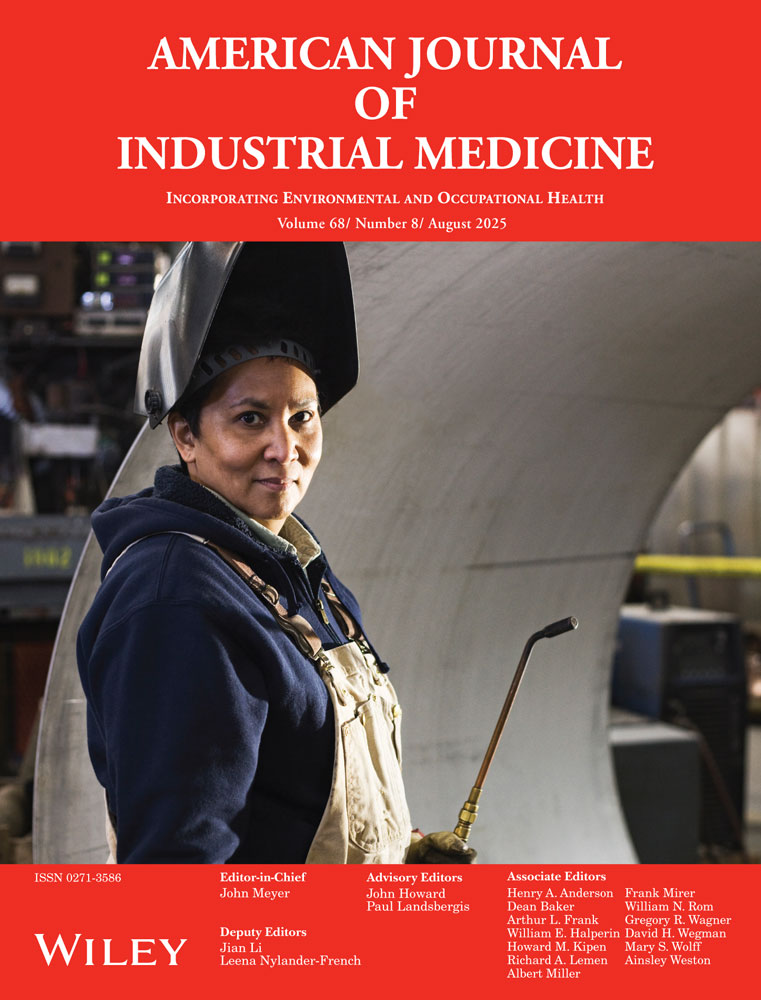Abstract
Background:
Inhalational exposure to zinc oxide fumes is associated with metal fume fever, a self-limited but very uncomfortable condition closely resembling influenza. Very little is known regarding the toxicokinetics of inhaled zinc, making the interpretation of zinc measurements in serum and urine problematic.
Methods:
Twenty workers in a zinc foundry in Baiyin, Peoples' Republic of China, were investigated with serial examinations by a physician, chest radiographs, and spirometry. Exposure assessment consisted of the measurement of zinc in serum, urine, and personal air samples.
Results:
No cases of metal fume fever were observed during the study period despite exposures to as high as 36.3 mg/m3 over less than 4 hr. In addition, no radiographic or functional changes were noted. Serum zinc levels of all workers were within the reference range and did not correlate with external exposure measurements. However, elevations were noted in urinary zinc levels, which showed a significant association (Spearman's correlation coefficient = 0.47, P = 0.04) between exposure to zinc and urine zinc.
Conclusions:
These results provide exposure measurements for zinc at which workers demonstrate tolerance to the development of metal fume fever. Furthermore, they suggest that urine may be the preferred biological medium for the assessment of zinc exposure. Am. J. Ind. Med. 35:574–580, 1999. © 1999 Wiley-Liss, Inc.




